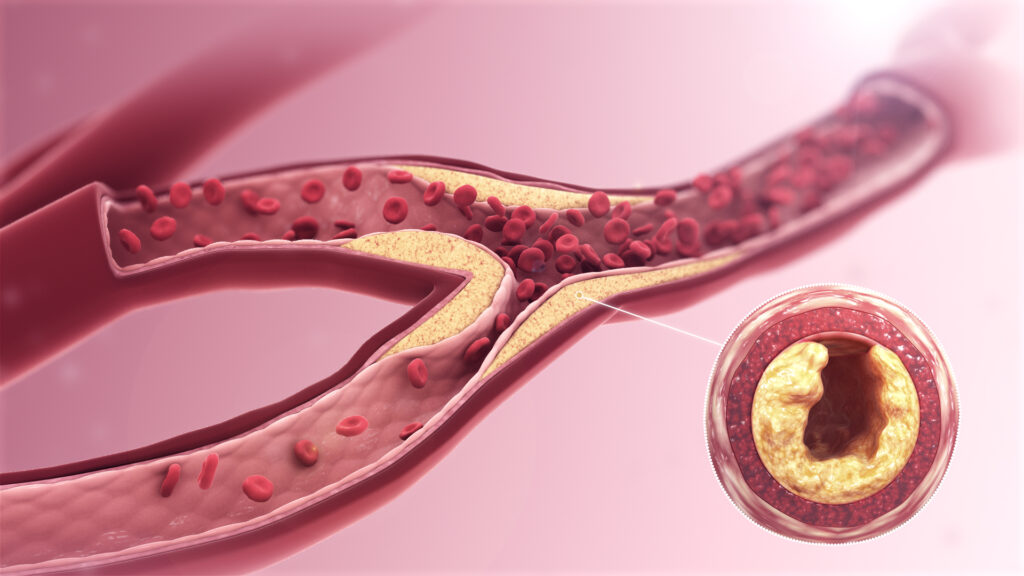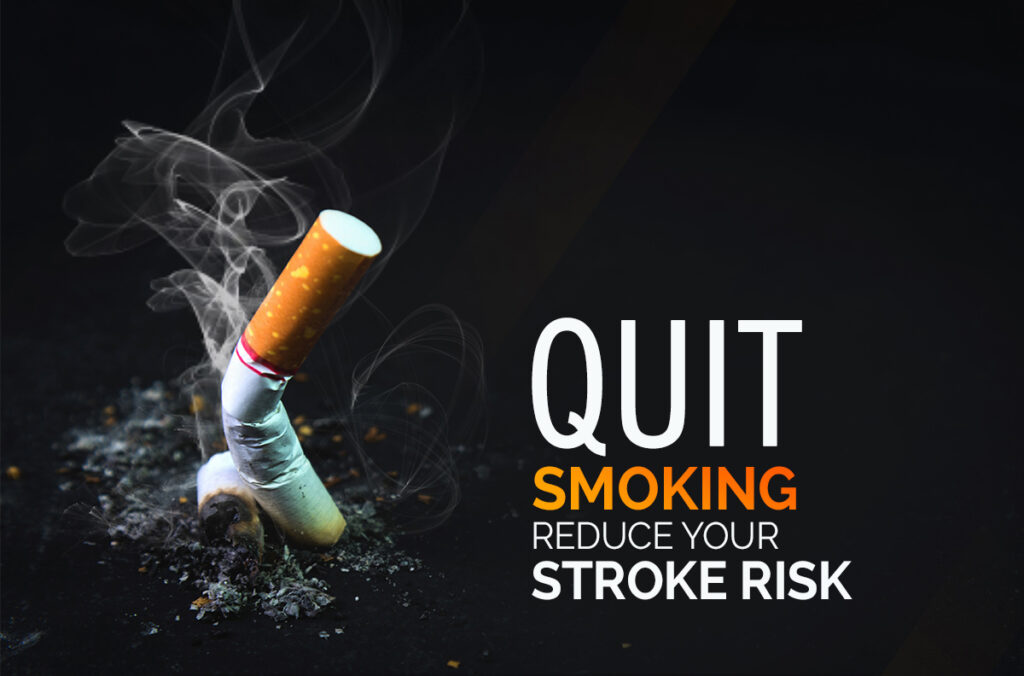
Smoking has long been recognised as a significant risk factor for numerous health problems, with cardiovascular disease among the most severe. The link between smoking and cardiovascular health is undeniable, as extensive research has consistently demonstrated the detrimental effects of tobacco on the heart and blood vessels. This article delves into how smoking compromises cardiovascular health and emphasises the critical importance of smoking cessation in preventing life-threatening conditions.
Smoking and Blood Vessels
The impact of smoking on cardiovascular health begins with its harmful effects on the blood vessels. Inhalation of tobacco smoke exposes the delicate lining of arteries to toxic chemicals, leading to damaging events. Nicotine, carbon monoxide, and many toxins in cigarette smoke contribute to the constriction and damage of blood vessels, impairing their ability to function optimally.

One of the most significant consequences of smoking is the development of atherosclerosis, a condition characterised by the build-up of fatty deposits (plaque) in arterial walls. Smoking accelerates the progression of atherosclerosis, leading to narrowed and hardened arteries, a condition known as coronary artery disease (CAD). Reduced blood flow to the heart increases the risk of heart attacks, angina (chest pain), and heart failure.
Smoking and Heart Disease
Smoking is a key risk factor for various forms of heart disease. It has been linked to an increased incidence of myocardial infarction (heart attack), in which the blood supply to the heart is abruptly cut off due to a blockage in a coronary artery. The chemicals in cigarette smoke promote blood clot formation, making it more likely for clots to obstruct narrowed arteries, resulting in a heart attack.

Furthermore, smoking damages the heart muscle itself. Prolonged exposure to tobacco smoke weakens the heart, leading to reduced pumping efficiency and an increased risk of heart failure. Studies have shown that smokers are two to four times more likely to develop heart failure than non-smokers.
Smoking and Stroke
The detrimental effects of smoking extend beyond heart disease, encompassing a higher risk of stroke. A stroke occurs when the blood supply to the brain is disrupted due to a blood clot or a burst blood vessel. Smoking increases the likelihood of ischemic strokes (caused by blood clots) and haemorrhagic strokes (caused by bleeding).

Nicotine and other chemicals in tobacco smoke contribute to the formation of blood clots, which can travel to the brain and cause a stroke. Moreover, smoking weakens the blood vessel walls, making them more susceptible to rupture and leading to haemorrhagic strokes. By quitting smoking, individuals significantly reduce their risk of stroke and increase their chances of leading a healthier life.
Second-hand Smoke and Cardiovascular Health
It is not only smokers who are at risk. Exposure to second-hand smoke, also known as passive smoking, is associated with an increased risk of cardiovascular disease. Non-smokers who breathe in the smoke exhaled by smokers or emitted from burning tobacco products face similar health hazards. Second-hand smoke contains a significant concentration of toxic chemicals that can damage blood vessels and increase the risk of heart disease and stroke.

We can conclude that the evidence is undeniable. Smoking severely threatens cardiovascular health. From the damaging effects on blood vessels to the heightened risk of heart disease and stroke, tobacco use represents a lethal connection to cardiovascular ailments. Quitting smoking is the single most effective action individuals can take to improve their cardiovascular health and reduce their risk of life-threatening conditions.

Efforts should be directed towards raising awareness about the dangers of smoking and providing support systems for smokers who wish to quit. By promoting smoking cessation programs, implementing stricter tobacco control policies, and encouraging a smoke-free environment, we can safeguard the well-being of individuals and significantly reduce the burden of cardiovascular disease in our society.
Be the first to comment